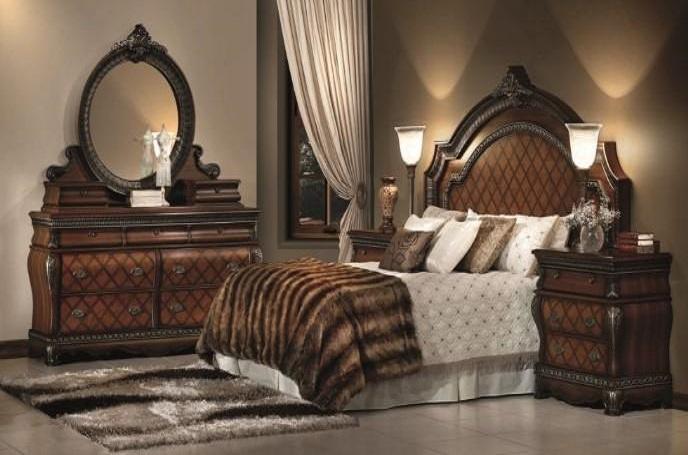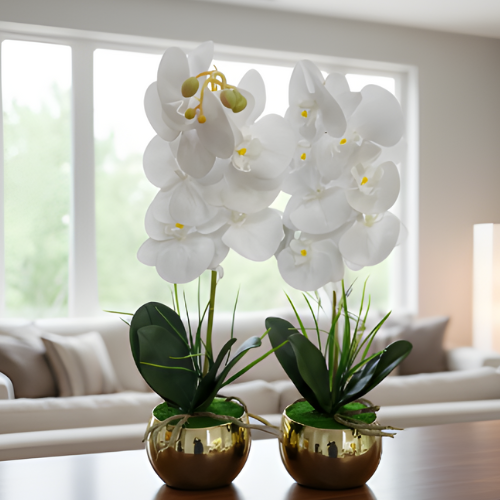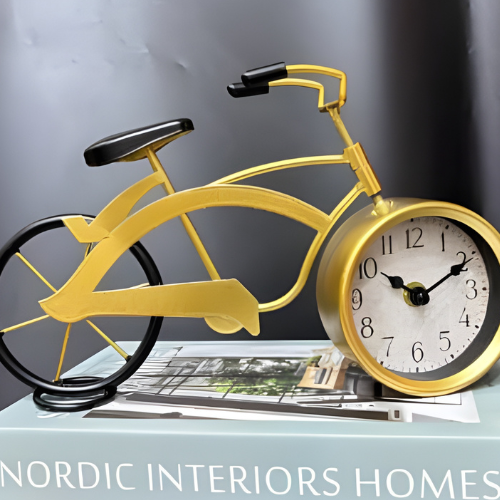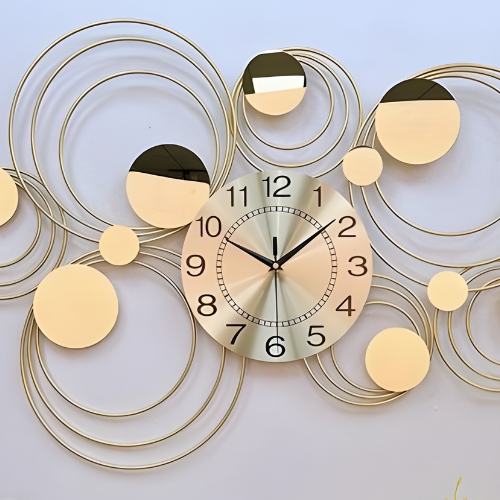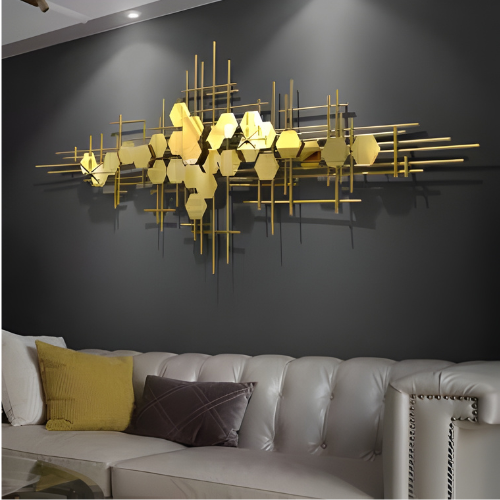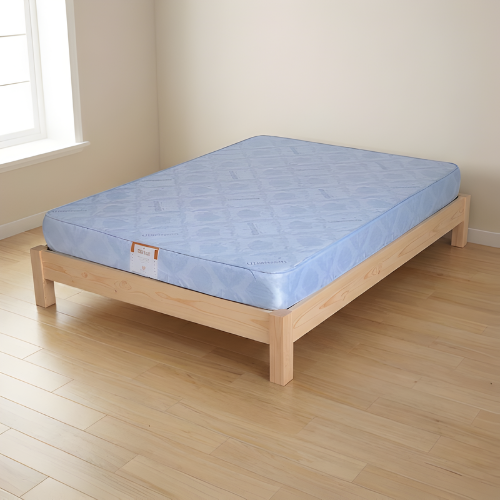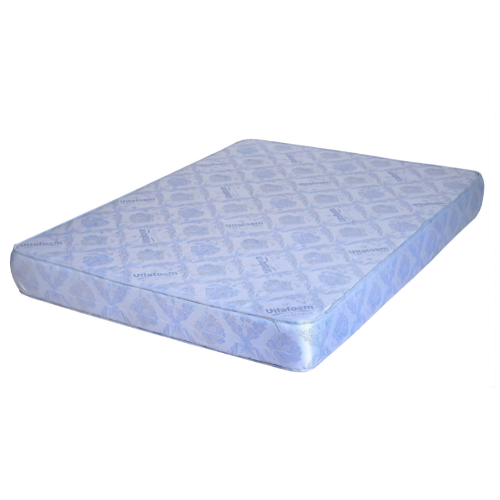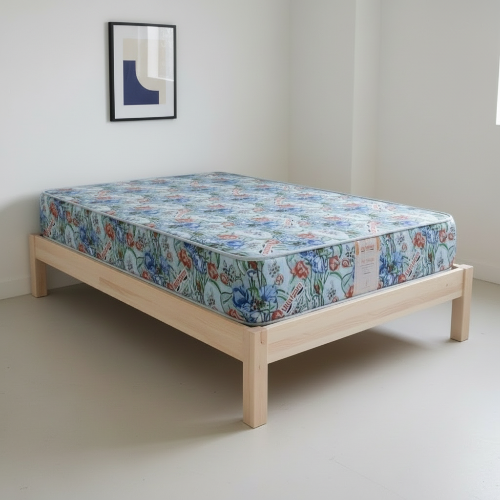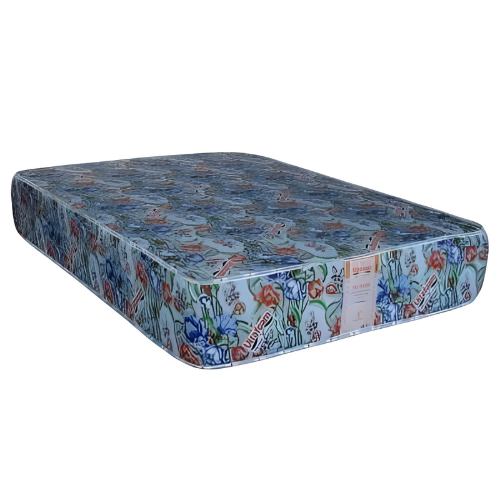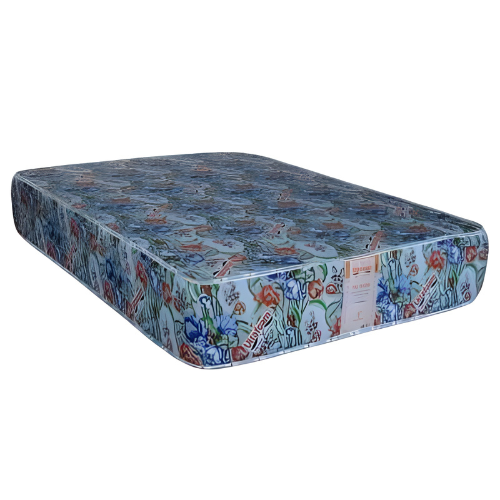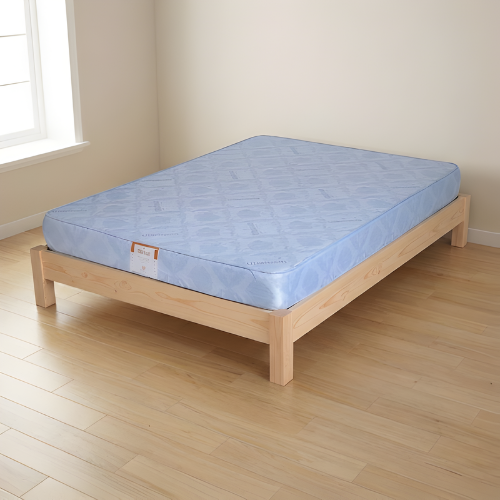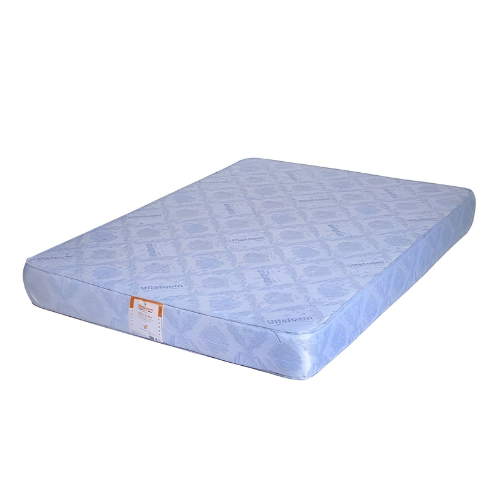You’re finally ready to fix up your bedroom, but not sure if all your grand designs fit the space? Well, you’re in luck. This article offers incredible tips to consider when furnishing your not so spacious retreat. Covering the style effects of headboards, head rails and all those other essentials, be sure to remember these ideas when designing a small and cosy bedroom.
Comfort over everything
Complete comfort with a personal touch is what you’re after. So, when it comes to designing the space you’ve always dreamed of, balance out the defining items with your own unique taste.
For the bedroom, the whole process starts with the most obvious item. This means you shouldn’t fret about buying bed. In fact, go wild! It is where you’ll spend an average 8 hours per day, every single day, for a very long time.
Plenty designers out there will have you prioritizing size over everything else, even the size of your bed. Forget those. You really shouldn’t cut corners on your own comfort. Whether your prefer something high or low, single or king size, soft or firm, make sure you go for what you want, then build your space around that.
Now be minimal
With a bed selected and now in place, you should look around and assess of the remaining space. It is common for a bed to take up much of the room, but that doesn’t mean you need to feel clustered. From hereon out, you’ll have to tone down on the grandiosity. Large and bulky items should not need to considered. Filling your space with everything imaginable will only leave you feeling claustrophobic. Instead, make notes of what you need, how large those things needs to be, and the quantity in which you’ll need them.
Begin with the headboard; easily the most defining feature of the room. A stand-alone headrest could be what you’re after rather than a full and bulky bed frame. In actuality, the former is your best choice for tiny bed spaces. If you’re going with a particular color scheme, look around for something complimenting that. While you have to keep space in mind, there is no shortage of headrest styles and designs to use. Remember to choose well. The headrest can easily become the most eye-catching feature in a tiny bedroom. If you’re out to make a statement, this is your chance.
Onto the nightstands. Let’s face it: in a small bedroom, setting the bed by a corner is the most practical solution. Sadly, this leaves no room for two bedside tables. There is good news, though. You can adorn your lonely nightstands with no more than three permanent items. Perhaps a lamp and a picture frame perhaps? Maybe an alarm clock for that more traditional bedroom feel.
Storage is Vital
The final item encompasses everything else in a small bedroom -- storage. With limited space to play around with, you need to make sure that every piece of furniture doubles as some sort of storage facility.
It is not just you who needs a place to rest. Consider spaces for your clothes, accessories and other personal items. All of these need a dedicated space of their own. With furniture that plays the role of storage centers too, there can be many places for your personal items can call home. Better yet, you also do away with unneeded clutter -- an off-putting quality in any small space, let alone a bedroom. This all goes on how much space you have to spare and how much room you need to store your belongings.
And there you have it -- everything you didn’t know about furnishing a tiny bedroom comfortably. So, what are you waiting for? It’s time to get up and rethink the guest space. What about that cramped corner bedroom your teenager has outgrown? With the tips supplied here, furnishing small bed spaces should be a piece of cake. Go for it. And remember: comfort over everything!
For durable bed frames, visit our online store at www.hogfurniture.com.ng

Mvusi Ngubane
He's a financial news and tech freelance writer. He reports and offers daily commentary on the economic happenings and trends of the business world. His experience covers innovative technologies, energy sector giants and consumer electronics. Mvusi’s interests lay in the macroeconomic and behavioral effects that big business choices have on industries.



